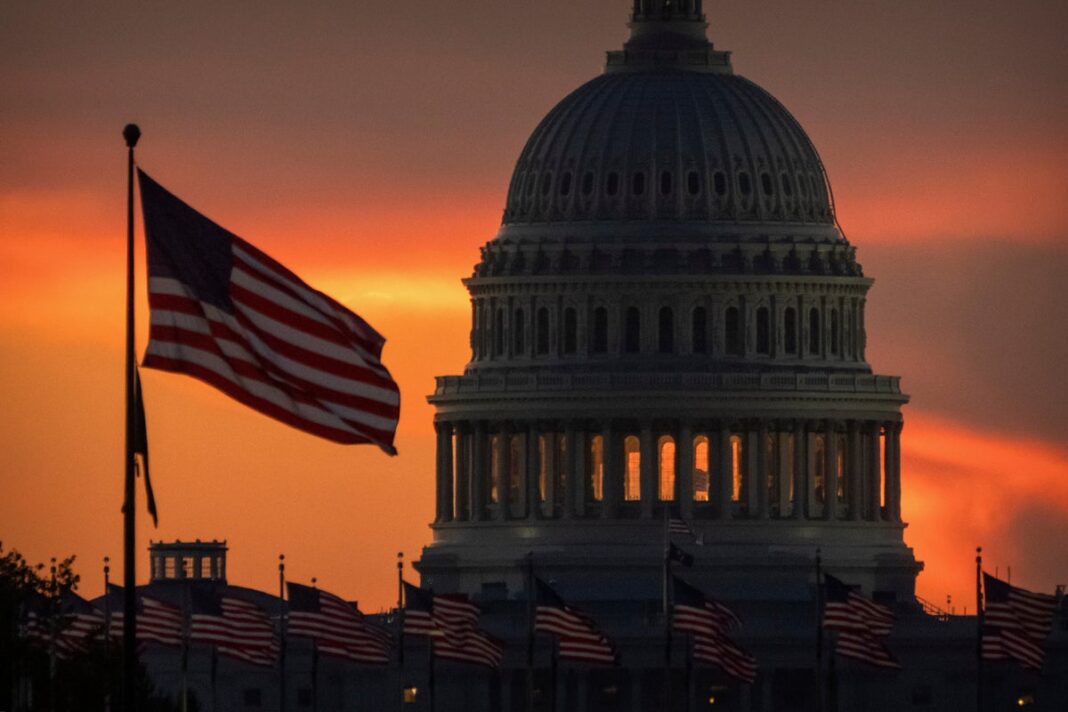Government Shutdown: Key Insights and Latest Developments
The recent government shutdown has become a focal point of discussion, catching the attention of officials and citizens alike. As the situation unfolds, tensions rise in the halls of Congress, and uncertainty looms over federal operations and workers.
Current Status of the Shutdown
The government shutdown officially began at midnight on a Wednesday, following the Senate’s failure to pass a Republican-sponsored short-term funding bill, which had already received approval from the House. The bill fell short, receiving 45 votes in favor and 55 against, marking a significant partisan divide. With no further votes scheduled until Friday, the inability to reach a compromise continues to jeopardize government services.
Impending Layoffs Loom
White House Press Secretary Karoline Leavitt indicated that layoffs of federal workers are “imminent.” She stated that the President has instructed his cabinet to work with the Office of Management and Budget to identify areas for budget cuts. This impending job loss adds to the anxiety of thousands of federal employees who are now left in limbo.
The Blame Game
Both sides of the aisle are attempting to deflect blame for the shutdown. Democrats accuse their Republican counterparts of playing politics while Republicans claim Democrats are preventing necessary funding measures. The discourse paints a complex picture, with each party disavowing responsibility.
Key Democratic Demands
In negotiations, Democrats are emphasizing the reversal of cuts to Medicaid introduced earlier this year under former President Trump’s “One Big, Beautiful, Bill.” They aim to secure an extension of Affordable Care Act subsidies as part of any spending plan moving forward. These demands are crucial for addressing healthcare needs for millions of Americans.
Republican Stance on Healthcare
Conversely, Republican leaders assert that Democrats are pushing for healthcare funding for undocumented immigrants, despite the fact that this group is prohibited from accessing these federal programs outside of emergency services. This accusation has fueled further tensions and deepened divisions between the parties.
Responses from Political Leaders
Vice President JD Vance voiced frustrations over the situation, stating, “What you don’t do is say ‘unless you do exactly as we want, we’re taking a hostage’,” emphasizing the essential services affected by the shutdown. Democratic representatives, including Jasmine Crockett, have criticized the federal messaging that blames them for the shutdown, calling it “illegal.”
Negotiations and Future Possibilities
Senate GOP Leader John Thune hinted at a possibility for negotiations regarding healthcare once the government reopens, but only if a consensus among Democrats materializes. He insists that substantial support—preferably 10 or more votes—is necessary to move discussions forward regarding the Affordable Care Act subsidies.
Public Reaction and Commentary
Public sentiment reflects a mix of frustration and concern as essential services teeter on the edge. Some political leaders are utilizing social media and other platforms to troll opponents or criticize their decisions, which adds an unusual layer to an already complicated situation. For instance, Senator Ted Cruz employed humor mixed with sarcasm to address Democratic senators who voted against the funding bill, drawing on visuals reminiscent of Trump’s past tactics.
Media Coverage and Reporting
The Independent has provided ongoing coverage of the developments, emphasizing the necessity for journalists to remain on-site to report both sides of the story. The importance of accessible journalism, especially at times like these, resonates with many, highlighting a need for transparency amid the chaos of political maneuvering.
In summary, the government shutdown presents a multifaceted scenario filled with political intrigue, public concern, and human impact. As negotiations unfold, the effects on federal workers, healthcare, and essential services will be closely monitored by both political leaders and citizens alike.



